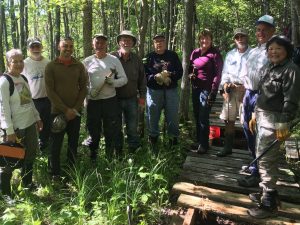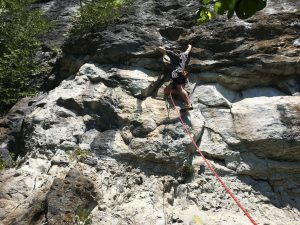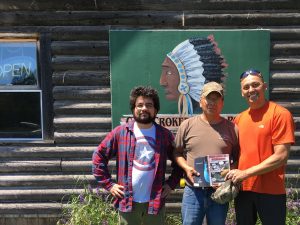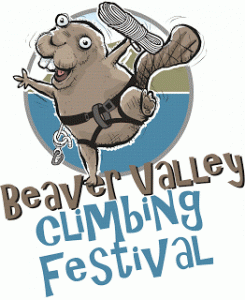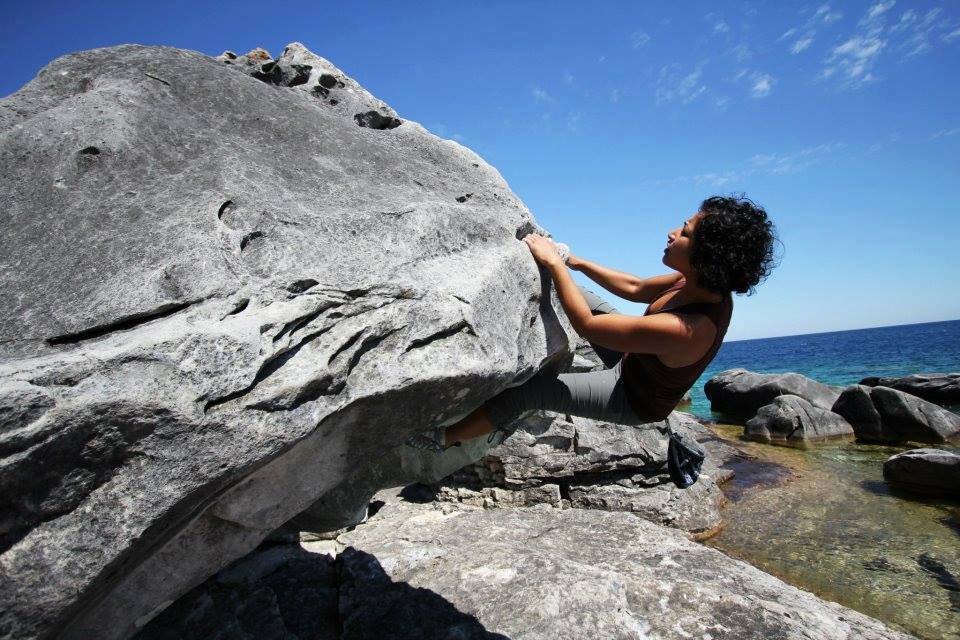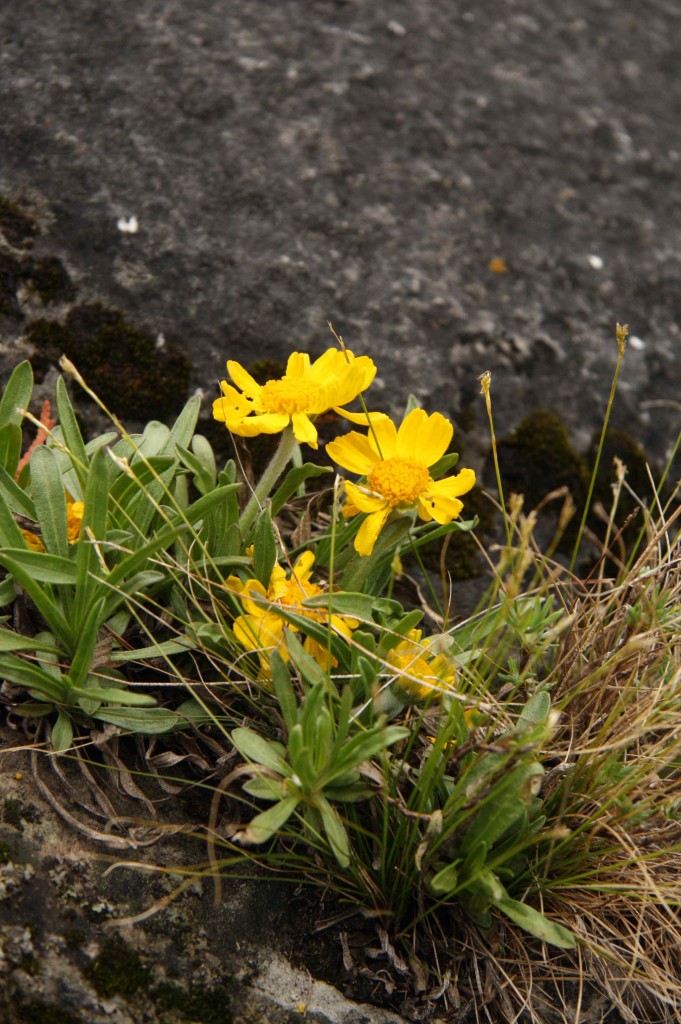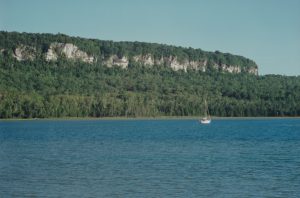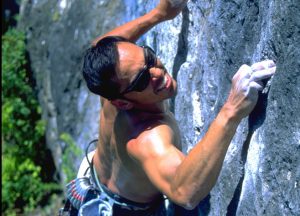The second Grey/Bruce Rock Climbing and Bouldering Forum took place on May 20 in Walkerton, Ontario. The forum aims to promote a coordinated approach to rock climbing and bouldering as recreational activities, where appropriate, in the Grey/Bruce region. Participating agencies at the second meeting included the Alpine Club of Canada, County of Bruce, Ministry of Natural Resources and Forestry (Owen Sound, Midhurst District, Peterborough), the Ontario Access Coalition, Ontario Parks, Parks Canada, and Regional Tourism Organization 7.
Building off the momentum of the first meeting, the second meeting focused on the following discussion points:
- The way access to climbing areas is being framed in current/forthcoming Ontario rock climbing guides.
- The thriving climbing gym culture in the GTA and southern Ontario and how it will likely increase climber visits to Grey/Bruce.
- Climbing activity management plan discussions for areas that will be developing new/revised management plans over the next several years (eg. Lion’s Head, Devils Glen).
- Bolt usage and replacement at Ontario climbing areas.
- Adding signage at selected Grey/Bruce climbing areas to promote environmental stewardship.
- Putting into action a sustainable parking plan for Devils Glen.
- Promotion of Grey/Bruce communities at this year’s Beaver Valley Climbing Festival.
- Ontario Parks Lion’s Head cliff-face analysis to begin this summer with the use of drones.
There was also ample time for informal Q & A between managers and OAC representatives. The continued relationship-building between all agencies is positive. The OAC views the second meeting as a success and looks forward to continued collaboration and meetings with members of all of the participating agencies.
As always, stay vigilant about being great stewards of the climbing environment. If you or someone you know needs a Leave No Trace refresher see our post from the fall.
